Hiking matters #804: Trekking up the bonsai forests of Mt. Redondo in Dinagat Island
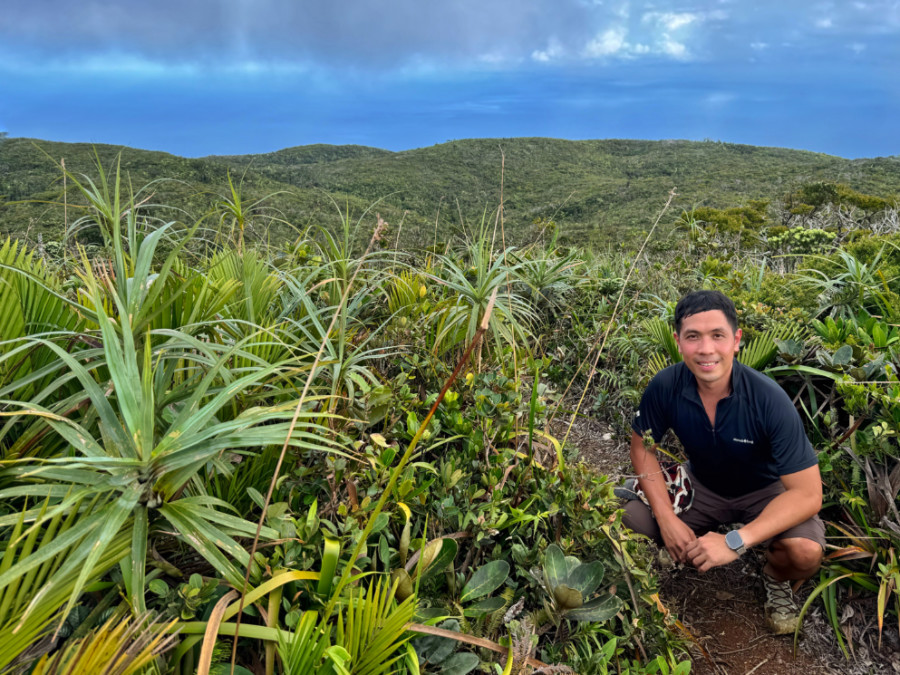
SAN JOSE, DINAGAT ISLAND – From Mt. Palhi (see Hiking matters #803), we took the pump boat back to Brgy. Llanera and rushed to the town hall of Loreto, where the 4×4 pick up truck – a Ford Conquest – was waiting to take us to Mt. Redondo. Given the choice, of course I would have hiked all the way, but it was the only option being offered at the time, and rather than missing out on visiting Dinagat’s highest (and hitherto-inaccessible) peak, we decided to take it. The drive – which took less than an hour – is very much reminiscent of the trail up Tapulao, which makes sense because both used to be mining roads.
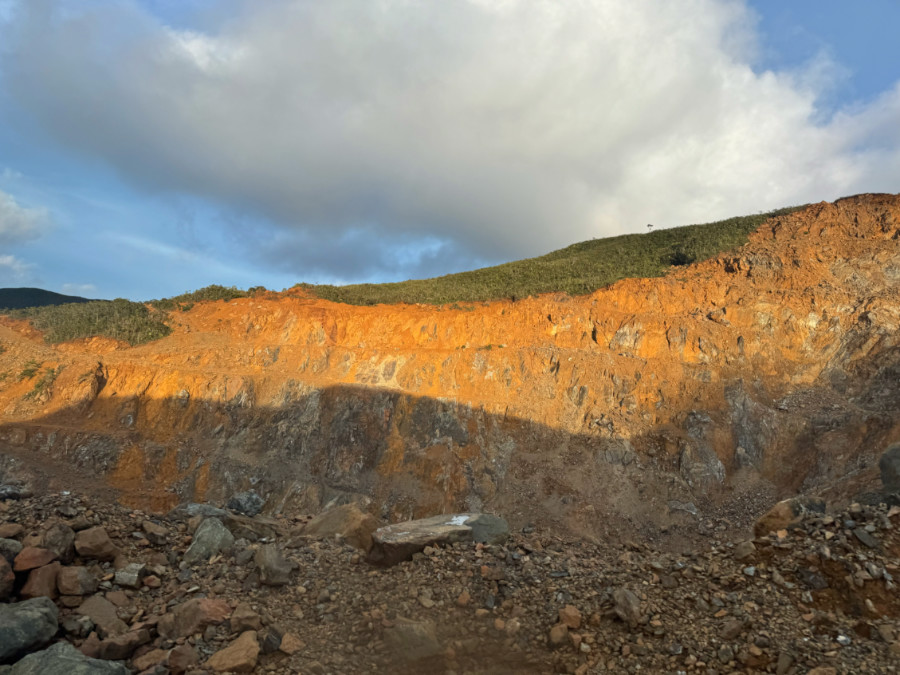
The drive gave us a tour of the full extent of the devastation wrought by mining; a big chunk of the mountain was utterly destroyed: a stark contrast from the bonsai forests that still cling to the very edges of the effaced earth. Even at the endpoint of the 4×4 ride, around 800 meters above sea level, we were still just barely above the massively-damaged slopes.
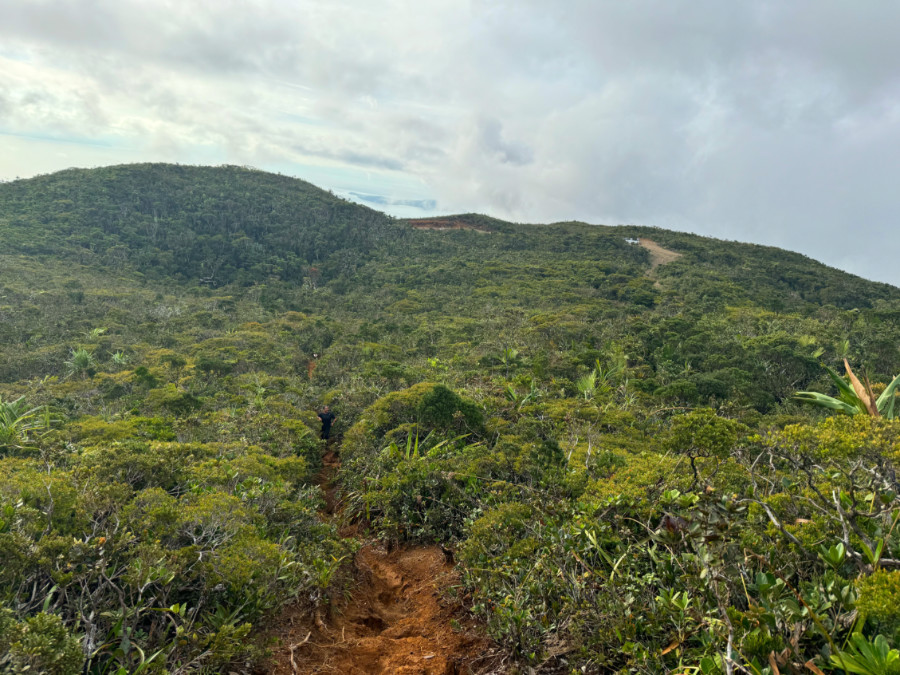
Thankfully, however, there was an extant trail to the summit, albeit not advertised or clearly marked, allowing for a short hike, on top of the 4×4 ride. Of course, having traveled thus far, I wasn’t going to miss the chance of reaching Dinagat’s highest point, so off we went! Despite the brevity of the trail (just over 1 km and a Difficulty 2/9 hike), it was enough to showcase some of the astounding flora and fauna of the mountain, including various pitcher plants, a terrestrial hermit crab, and various birds (there were brahminy kites hovering above us):
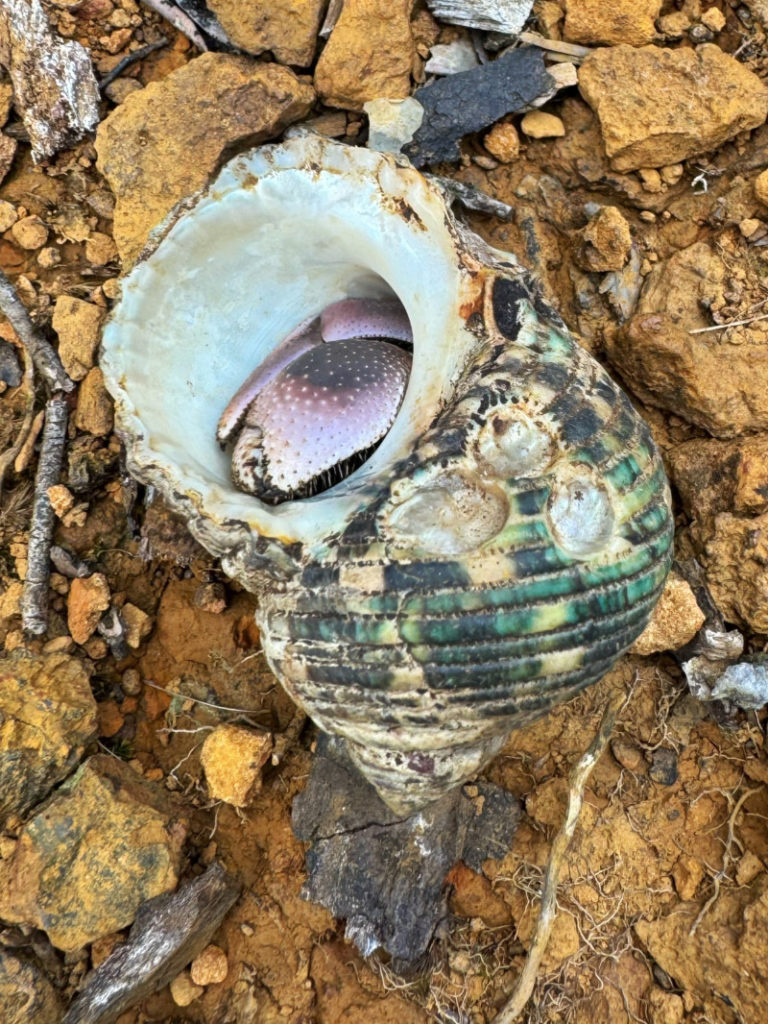
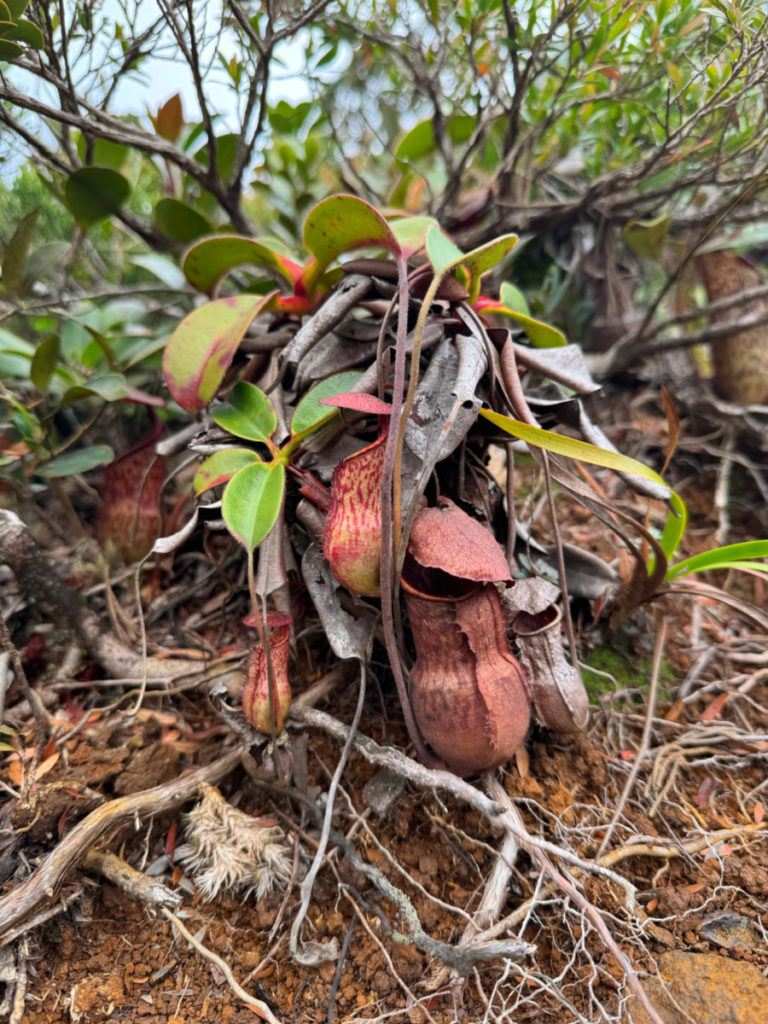
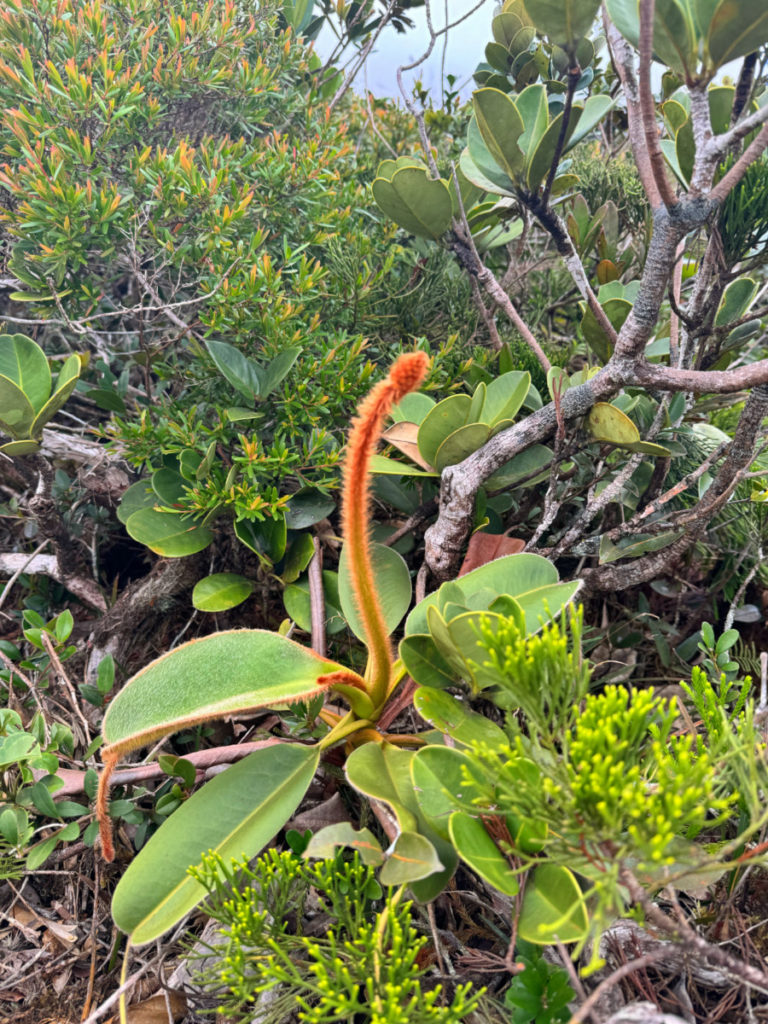
The summit itself – around 940 meters above sea level – is breathtaking, offering views of Homonhon Island (N), the mountains of Southern Leyte including Cabalian Volcano (WNW), and so many more landmarks! As in Mt. Palhi, it also allowed us to see – once more, the scale of the devastation, even as life itself – i.e. the flora and fauna – cling on and with the mining activities supposedly stopped (thanks to Gina Lopez and those who opposed the mining activities), there may yet be hope that the mountain can heal.
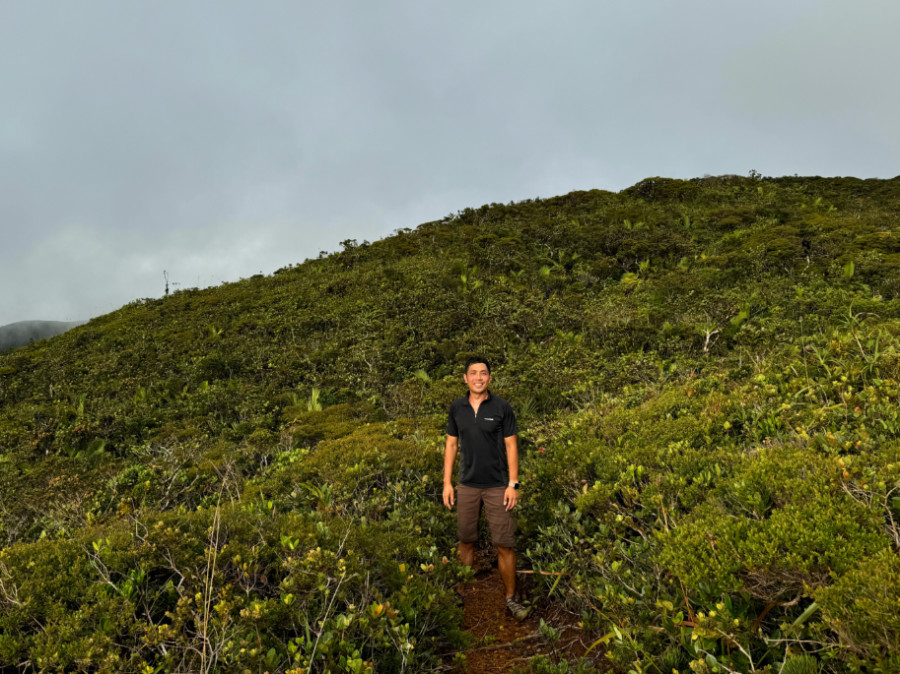
Thank you to Mr. Dario Apole of Loreto’s Tourism Office for helping us, as well as the very helpful staff of Island View in San Jose, for helping us visit Mt. Redondo! I hope hiking trails all the way from the coast will be established given Mt. Redondo’s huge ecotourism potential, and that ultimately, mining will no longer be an option for Loreto and all of the Dinagat Islands: a precious yet precarious paradise.
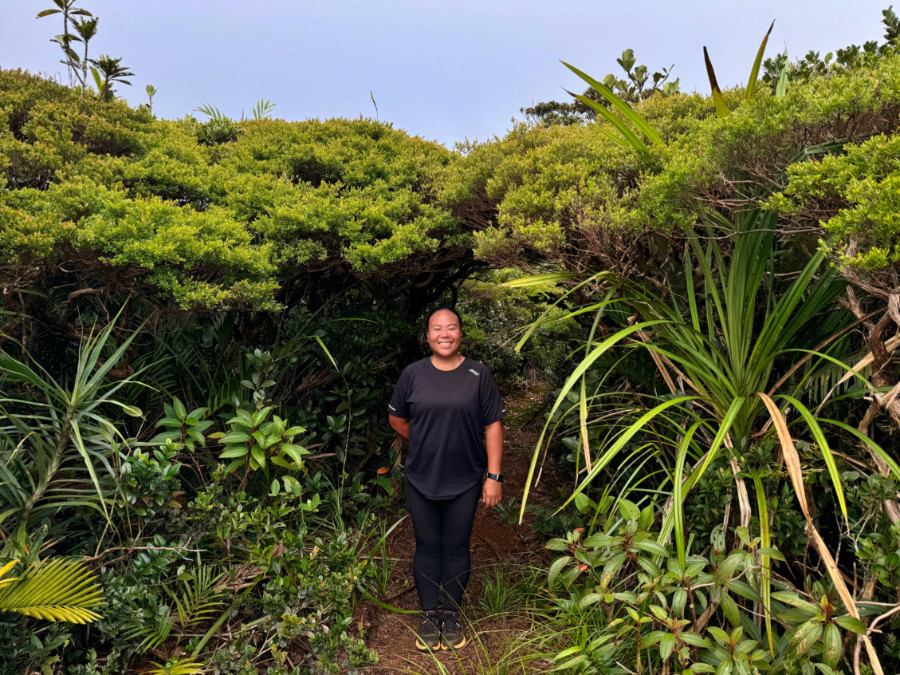

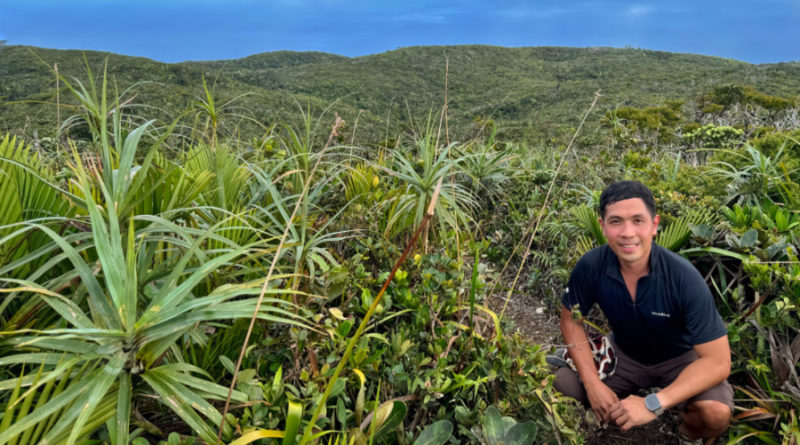

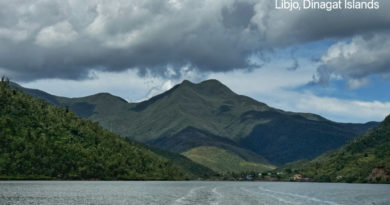
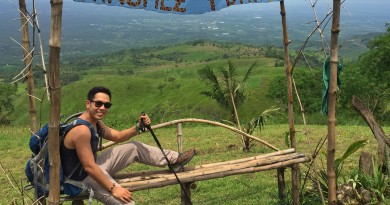
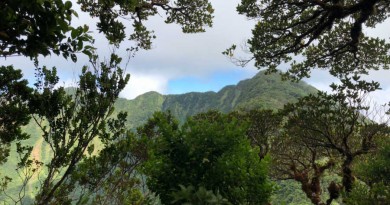
Leave a Reply
Be the First to Comment!